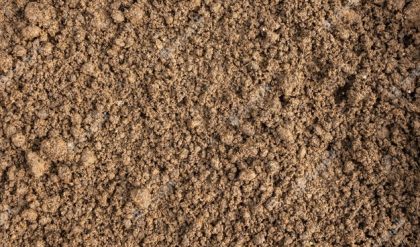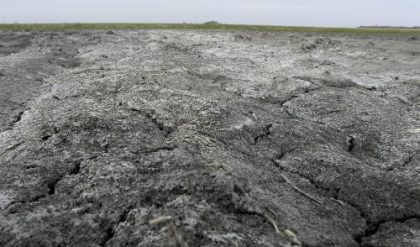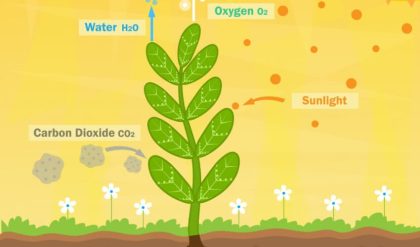Definition of Micro Irrigation:
It can be defined as the application of water at low volume and frequent interval under low pressure to plant root zone.
Concept of Micro Irrigation:
Besides the land, water also an important factor in the progress of Agriculture. In vast country like India with a geographical area of 328 million hectares less than 45% area is cultivated of this cultivated area only 35% i.e. 65 million ha gets irrigation. Since water is the limiting factor today, we must utilize it properly and maximum benefit can take as possible as India is second largest country in world according to population, 1202 million. The expansion of area under irrigation is essential for obtaining increased agriculture production required to feed India’s growing population. The expansion could be done only by additional development conservation and efficient management of the available water resources i.e. use of micro-irrigation means application of optimum water according to plant requirement. This could be achieved by introducing advanced and sophisticated methods of irrigation viz. drip irrigation, sprinkler, etc.
Need of Micro irrigation
• To make agriculture productive,
• Environmentally sensitive and capable of preserving the social fabric of rural communities
• Help produce more from the available land, water and labor resources without either ecological or social harmony,
• Generate higher farm income
• On-farm and off-farm employment.
3) Advantages of Drip irrigation :
• Increased yield
• Early maturity
• Water saving
• Fertilizer saving
• Increased Fertilizer efficiency
• Energy saving
• Labor saving
• Marginal lands can be irrigated
• Use of saline water is possible for irrigation
• Reduced weed growth
• Less problem of disease and pest
• Makes interculture operations easy
Soil – Plant – Water Relationships:
• Soil-plant-water relationships relate to the properties of soil & plants that effect the movement, retention & use of water.
• Soil act as reservoir of water to be used by plants through the roots prevent in the same medium (soil).
• Water is required by plants for the metabolic activities, is an important constituent of cells and more important is a carrier of large amount of nutrients.
• The rate of entry of water in to the soil & its retention, movement and availability to roots are all physical phenomena.
Soil Moisture Levels:
• Saturated,
• Field capacity: Water content in the soil 1 – 3 days after water has been applied and drainage has ceased.
• Wilting point: Water content in soil at which crop yield suffers drastically.
• Total Available water: Difference of water content between field capacity and wilting point.
• Critical Point: The level below which available water is not allowed to drop. It varies with type of crop, soil & climate.
Micro Irrigation Systems
• Drip Irrigation (Both on-line and in-line systems)
• Sprinkler Irrigation System
• Micro sprinklers
• Micro jets
• Rain Guns
• Gravity fed Drip System
• Semi permanent sprinkler system





